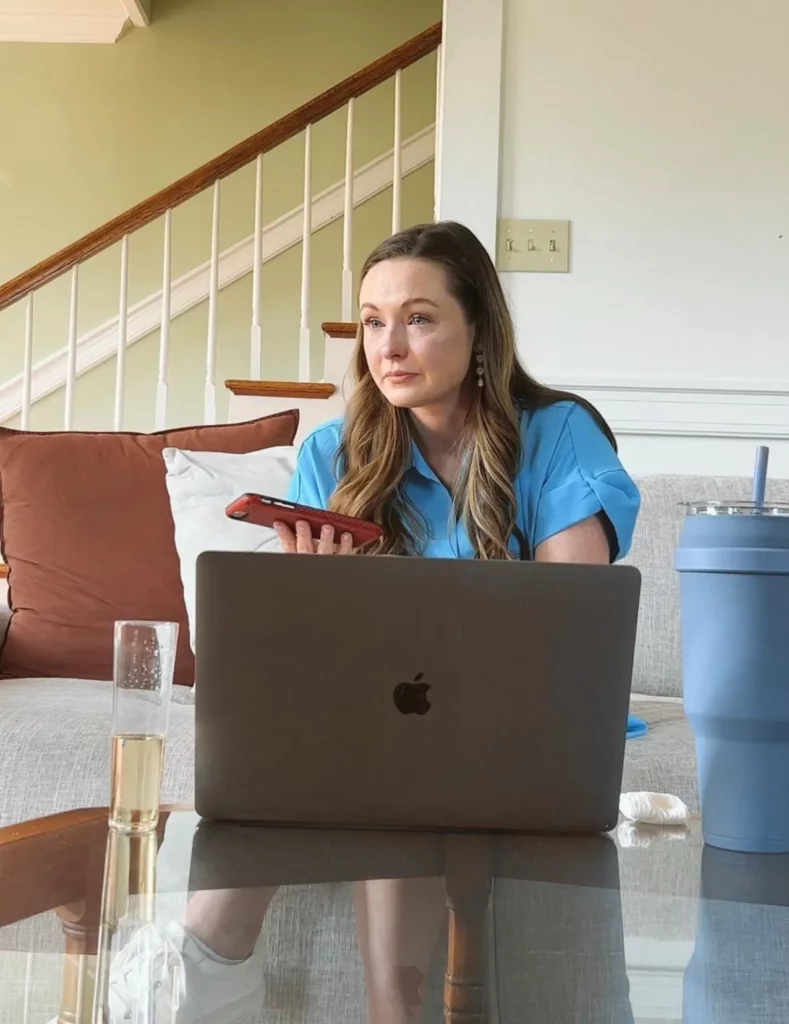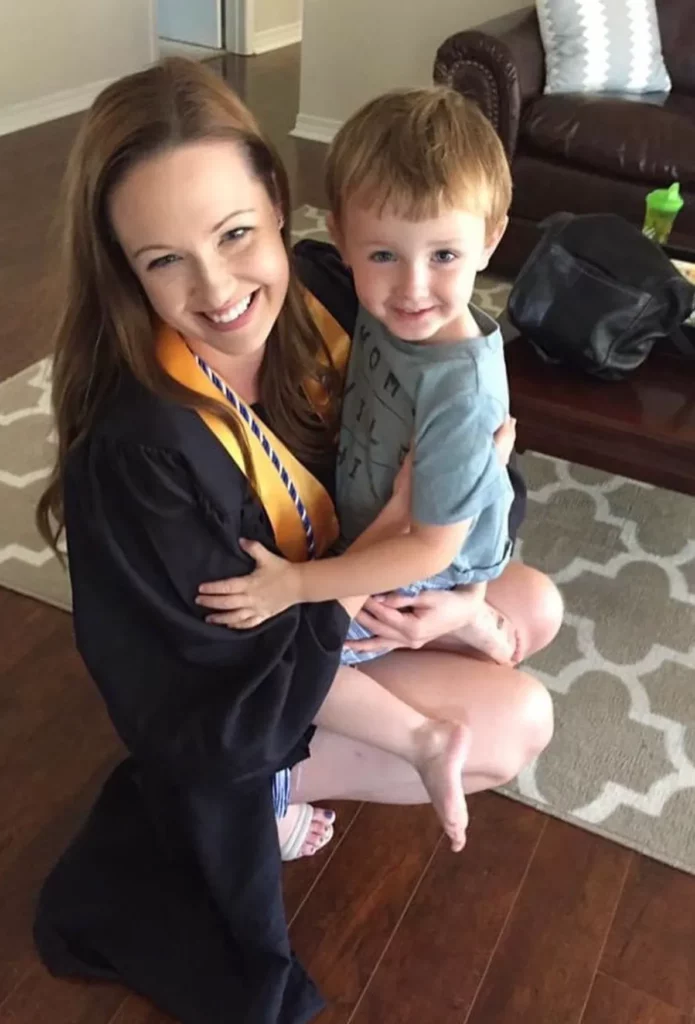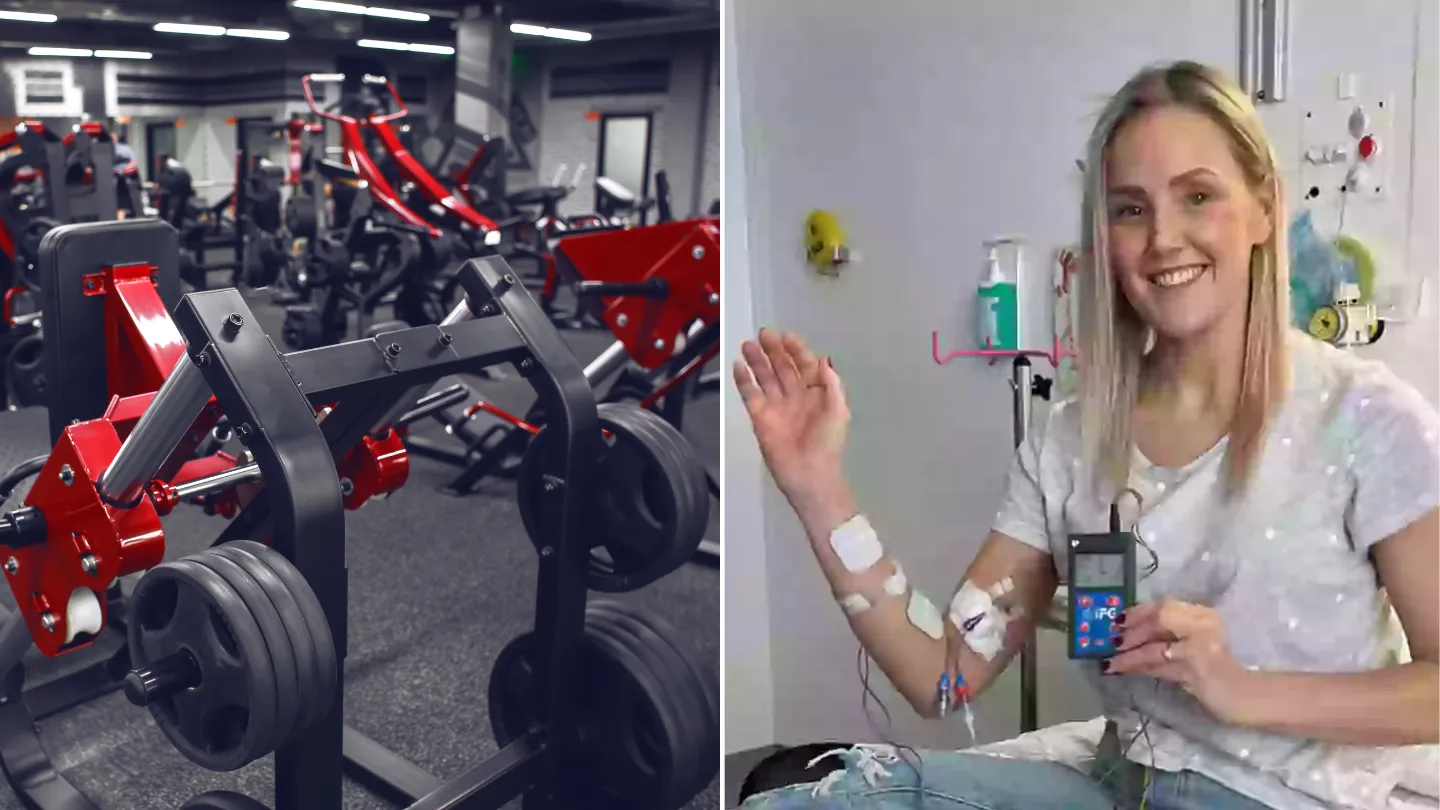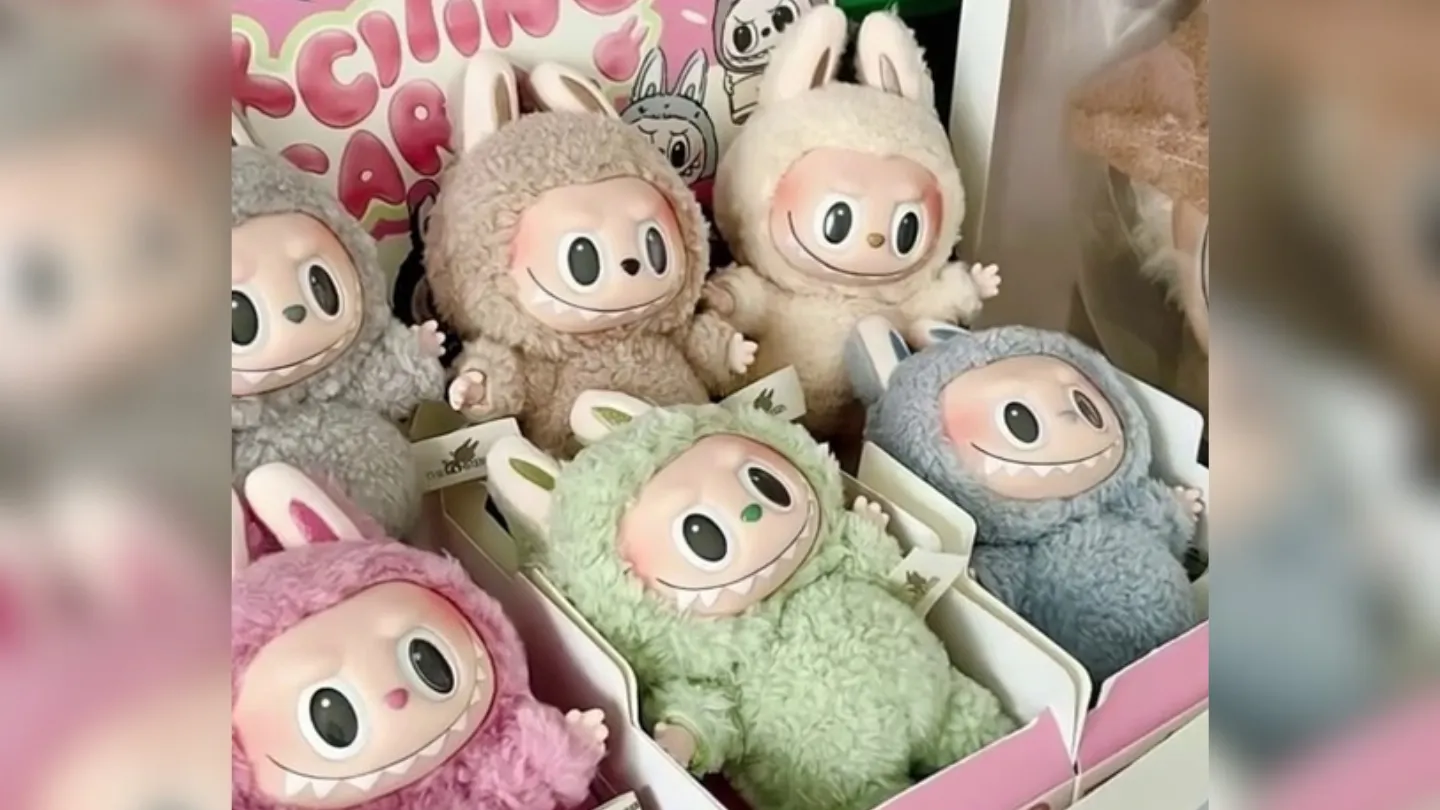Professionals in the healthcare field typically receive training that teaches them to approach each patient with fairness, empathy, and an unwavering commitment to their well-being.
In an unforeseen manner, one hospice nurse’s ethical duty was put to the test, causing her to struggle with complex emotions, which led to profound self-realization.

The narrative started as a standard task, yet what transpired subsequently tested the core of her ethical beliefs, driving her to the edge of a moral dilemma.
When Hadley, a hospice nurse known for sharing her experiences on YouTube, took on the responsibility of caring for a patient involved in the compassionate release program, she encountered an unexpected scenario
This initiative enables terminally ill inmates to leave prison and spend their final moments with family, reflecting a common approach in hospice care.
For numerous hospice nurses, this is a regular duty, offering solace to individuals approaching the final stages of life.
However, this specific patient was anything but typical—and what Hadley uncovered about him left her profoundly disturbed.
As she waited in her car outside his home, ready to provide the usual care she had offered many times before, a feeling of curiosity began to stir within her.

Who is this individual?
What events had led him to this moment?
So, like many of us, she looked to the internet for answers.
What she discovered made her feel nauseous.
“I Googled my patient and felt sick to my stomach,” Hadley confessed in her YouTube video, where she often discusses the emotional highs and lows of her profession.
What she revealed was a chilling past.“I read this article about how he kidnapped someone and tortured them until they died,” she revealed, her voice tinged with the lingering weight of that discovery.
At that point, Hadley’s duty as a caregiver became much more complex.
Her responsibility was to guarantee that this patient, a man whose deeds had caused profound suffering to many, would encounter a serene and respectful end to his life.
The contrast was striking she was ensuring he was enveloped by loved ones and solace in his last moments, while his victim had endured unimaginable fear and isolation.

“This realization hit me hard,” she confessed. “It was my job to make sure this patient had a beautiful, peaceful passing surrounded by friends and family when they had been the reason someone else’s last moments were alone and horrific.
The weight of that understanding began to influence her performance.
She observed slight changes in her demeanor minor yet significant indicators of emotional detachment beginning to emerge.
“Instead of hanging out at his home, I would go to my car, I began doing the bare minimum,” Hadley admitted, expressing how her own inner turmoil began to influence her approach.
Though she managed to keep a steady exterior, inside, she was grappling with a fierce internal conflict.
“I felt terrible on the inside,” she said openly.
“I felt like I was disrespecting the victim whenever I was doing my job and my patient was pain-free and comfortable.”
The situation ultimately became too overwhelming for Hadley to manage alone.

She pursued therapy, aiming to address the profoundly troubling emotions she was facing.
During these sessions, she experienced a significant turning point—one that would enable her to pursue her work with a revitalized sense of purpose.
“I realized that while I couldn’t change what my patient had done, I could make sure that I was nothing like him,” Hadley shared.
“I can make sure that people do have a peaceful passing.”
This significant change in perspective reshaped her approach to patient care and, in turn, altered her perception of her responsibilities as a hospice nurse.
She resumed her duties with renewed focus and dedicated herself to providing her patient with the same high standard of care as she would for anyone else, irrespective of his history.
“After that, I started to care for him really well,” Hadley said.
“He had a peaceful passing, and that guilt turned into pride at my ability to make sure that people’s last moments are not horrific.”

Hadley’s story struck a chord with her audience, igniting a wave of compassion and encouragement.Numerous individuals commended her openness in discussing a deeply personal and difficult journey.
“You’re human. We are curious creatures. His actions affected your perception,” commented one viewer. “Thank you for sharing. You chose humanity, even though he didn’t.”
Another viewer, who had worked in the prison system for almost three decades, commented, “I worked in the prison system for 27 years, and I never wanted to know why they were in prison because it would not allow me to treat them fairly, so I know where you’re coming from.”
Hadley’s choice to reveal her emotional journey sparked a dialogue regarding the ethical dilemmas encountered by those in the healthcare profession.
This is especially true for those who work in environments where they encounter individuals with challenging histories.Her narrative exemplifies the resilience required to maintain empathy amidst profound personal struggles.
Hadley’s experience, while challenging, ultimately strengthened her commitment to her profession.
It served as a poignant reminder to her and to those who listened that, even amidst the toughest situations, the choice to embrace compassion and care shapes our very identity.
Ultimately, Hadley discovered a path to harmonize her feelings and embrace her position, recognizing that she had offered solace, even to an individual who had deprived it from others.

“I can’t undo the past,” she said, “but I can make sure that, at least in these moments, I am doing what’s right.”
Hadley’s moving story illuminates healthcare workers’ emotional struggles and showcases the importance of empathy, even when it’s hardest to give.
Feature Image Credit:(Youtube/ @Nurse Hadley – Hospice) (Instagram/@ nurse.hadley)





